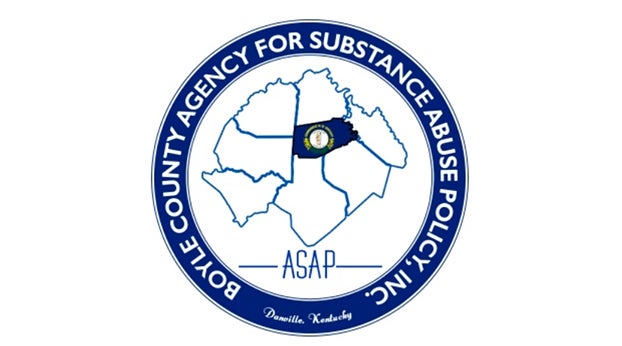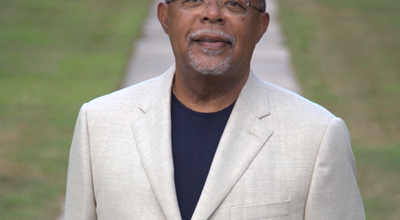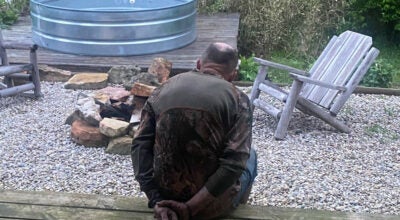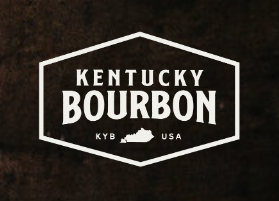Opioid lawsuit money could benefit Boyle County
Published 11:30 am Thursday, October 7, 2021
ASAP coordinator shares recommended uses for funds
Four companies in the drug industry — drug maker Johnson & Johnson, and distribution companies AmerisourceBergen, Cardinal Health, and McKesson — said in early September that 42 states agreed to a settlement of lawsuits regarding the opioid crisis, enough for them to move ahead with a $26 billion deal, according to the Associated Press.
On a local level, Boyle County Administrator Julie Wagner said in an email that she doesn’t know yet how much money the county will receive or when, but she submitted paperwork about three or four weeks ago and is anxious to see how much the county will receive.
Kathy Miles, coordinator for Boyle County Agency for Substance Abuse Policy, Inc., provided recommendations from Boyle ASAP on how the funds be used locally, pulling from a Boyle ASAP meeting on July 23.
Miles discussed Boyle ASAP’s recommendations in more detail, and also gave a look at the opioid crisis and need locally.
“Boyle County, along with most Kentucky counties, has been hit hard by the opioid crisis,” she said in an email. “It didn’t start as early here as it did east of I-75, but our numbers of children in out of home care, the jail overcrowding we saw which led to the Jail Study, the caseload in our local courts, number of drug-related calls to police and EMS, health care costs (such as in the ER), and loss of needed people in the workforce cannot be ignored.”
She said ASAP organizations around the state are funded through Kentucky ASAP and primarily through tobacco settlement funds that came out of lawsuits against large global tobacco industry companies, since about the year 2000, but “These funds will not last forever.”
Boyle ASAP has outlined their top five recommendations for use of the funds, and one of them is continuing substance use and related mental health education for children and families, criminal justice and law enforcement staff, human services agencies, educators, the “faith community” and employers.
“The opioid crisis has forced communities to deal with the immediate needs first — including more treatment and recovery resources and harm reduction that keeps people alive so they can get treatment, and enforcement, which particularly right now is focused on the crisis of fentanyl, and getting it off of the streets,” Miles said.
However, “our ASAP attendees keep saying that we must have a plan in place to prevent the next crisis,” she said — “to help the next generation from dying and having substance use disorders and related mental health disorders in the same numbers.”
“It’s hard for a lot of people to commit to that ‘long haul’ work — the results are not immediate and are particularly hard for elected officials and people running for office,” Miles said. “Right now, prevention and education work is scattered around the community, and with our limited resources, ASAP tries to coordinate it and use what we have as best as possible. The schools have plenty to do, parents have plenty to do and every human services agency in our small county has plenty to do. Having a central organization that coordinates things like educational programs for kids and families, mentoring for at-risk kids, keeping track of our outcomes and planning accordingly, keeping local government informed on progress and challenges, and seeking grant funding for programs would be ideal, and could be something that the settlement funds could help to fund.”
Housing was also brought up as a top recommendation — outpatient, school-based, residential, housing during incarceration and inpatient options. Miles also discussed the issue of need for a homeless shelter in the community and for expanded public transportation.
“Public transportation and affordable housing — including transitional housing like the women’s program on Lebanon Road, are key pieces to building what the national experts in this field call ‘recovery capital’ — recovery for individuals but also for a community to recover,” Miles said. “For people to get back to work, and wow — do we need them in our workforce right now, we need transportation to and from the workplaces, and training and education (like BCTC), and safe and affordable housing. It’s hard for some people to understand … that people often leave jail and treatment programs with almost nothing — including no vehicle. It takes a while to work and get the money for that, and in the mean time, public transportation is a must. The need for a homeless shelter is real, shouldn’t be ignored any longer — homelessness is across the country strongly tied to addiction and mental illness.”
Other than education and housing, Miles provided background on the other three top recommendations for use of funds that Boyle ASAP outlined: quickly accessible and affordable treatment, harm reduction and aftercare and recovery support.
When it comes to treatment, she said a lot of progress has been made for adults in the county since 2015, when there was a focused Heroin Task Force, and “organizations like Isaiah House, Shepherds House, and Spero Health have really stepped up in Boyle County to provide quickly accessible treatment.”
Additionally, New Vista has been active in the community for a long time and she said it has a good ongoing intensive outpatient program.
“Our jail now has treatment available when COVID doesn’t prevent it, and links people to treatment as they leave,” she said. “Improved funding has certainly contributed to this progress — both from grants that organizations have applied for and received, and from the benefits of expanded Medicaid. Some of those grant-related funds won’t last forever and new funding will need to be in place. We currently still need more providers of medication for opioid use and more intensive treatment for adolescents with substance use disorders.”
With harm reduction, she said the Boyle County Health Department has a syringe exchange program Boyle ASAP hopes to see continue, and another primary harm reduction step is getting Naloxone, or Narcan, out in the community so people know how to reverse an overdose.
She said now, almost all of that Naloxone is being paid for by the county’s participation in the big University of Kentucky HEALing Communities National Institute on Drug Abuse funded grant.
“But, when that ends, our county currently has not identified ability to cover the cost of all of that Naloxone … that is currently being handed out for free, and according to our EMS, is definitely being used to save lives,” she said.
In aftercare and recovery support, Miles said the county has seen an increase in recovery support groups over the past four to five years.
“But, recovery support also has to do with the issues mentioned above — transportation, being able to get a good job, decent housing, and increasing understanding of addiction and lowering stigma around it in the community,” she said.
Other recommendations for use of opioid lawsuit settlement funds Boyle ASAP identified include: organization to provide centralized coordination, assistance with needs such as utilizing Casey’s Law and community planning; continued services at the Boyle County Detention Center; family drug court; activities for families; establishing a community center; more affordable and available drug testing; support for infants and children exposed prenatally; support for children and teenagers in families with active addiction; vouchers for treatment for those without a payer source; improved child care options; and incentives for Second Chance and Fair Chance employers.







